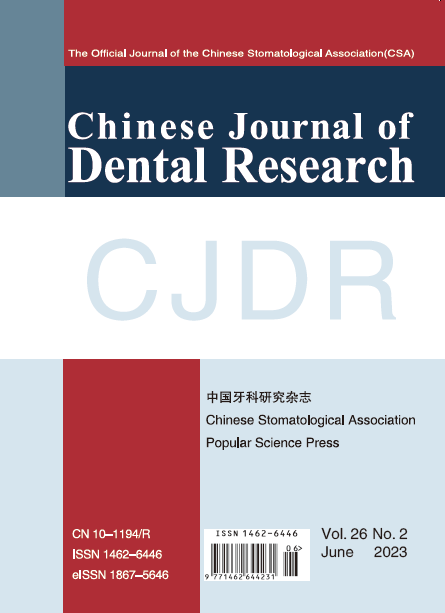|
Objective: To determine the prevalence, frequency and distribution of dental anomalies that were detectable on panoramic radiographs in a large sample Turkish population, and the associations among the anomalies. Methods: This study was conducted retrospectively on panoramic radiographs of 43,880 patients who were admitted to the Faculty of Dentistry at Trakya University, Edirne, Turkey. Patients’ files were examined by two observers and radiographic images of 2265 patients with at least one dental anomaly were included. Dental anomalies were classified as anomalies in the number, structure, position and shape of teeth. The interactions between the groups were analysed using chi-square tests. Results: The study group consisted of 1336 women (59%) and 929 men (41%) with a mean age of 33.3 ± 14.4 years. A total of 2265 patients, with a prevalence of 5.2% (2265/43880), had at least one dental anomaly. The most frequent anomalies were in position (2.7%) and number (2.1%). Structure anomalies were least common, affecting 0.02% of patients. Among the study group of patients with dental anomalies, 12.2% presented more than one kind of anomaly. Conclusion: Position anomalies were the most common dental anomaly, whereas structural anomalies were least common in a Turkish sample. The prevalence of anomalies varies between populations, confirming the role of racial factors. Key words: fused teeth, impacted tooth, panoramic radiography, supernumerary tooth, tooth abnormalities. (editor:CJDR) |
- Chin J Dent Res
CN 10-1194/R . ISSN 1462-6446 . eISSN 1867-5646 . Quarterly 



